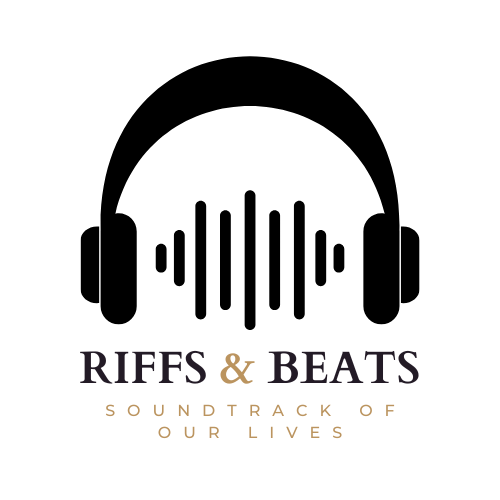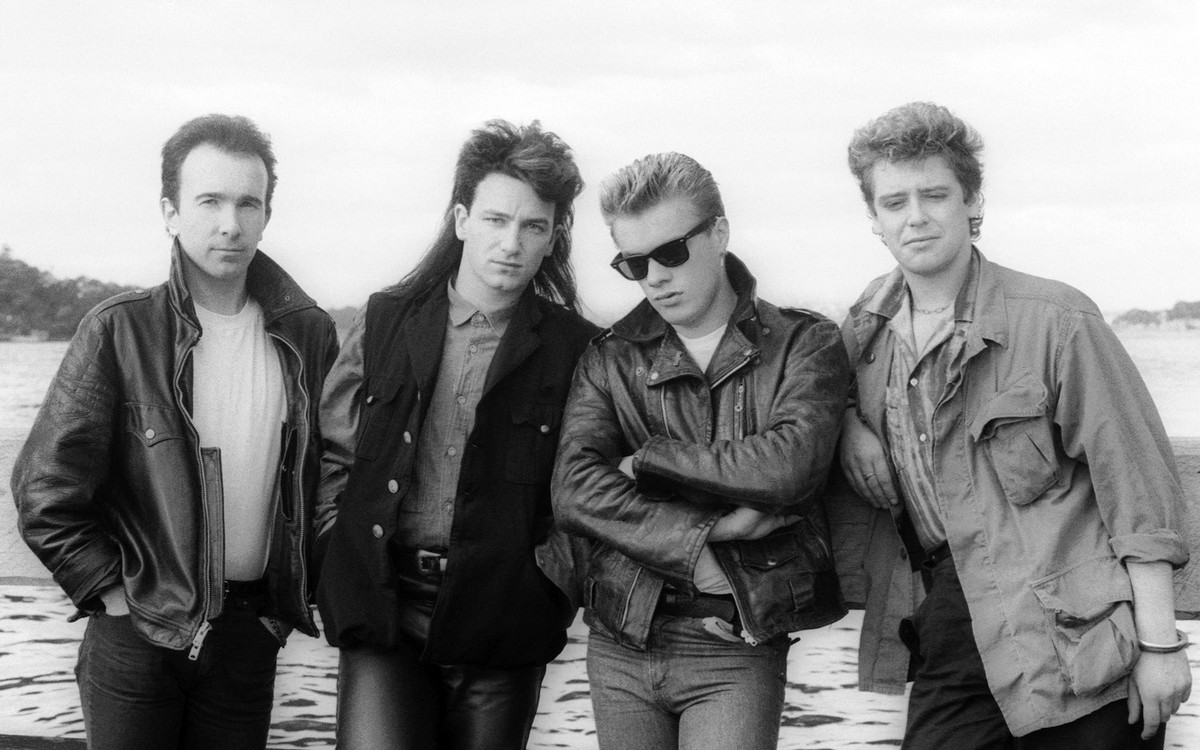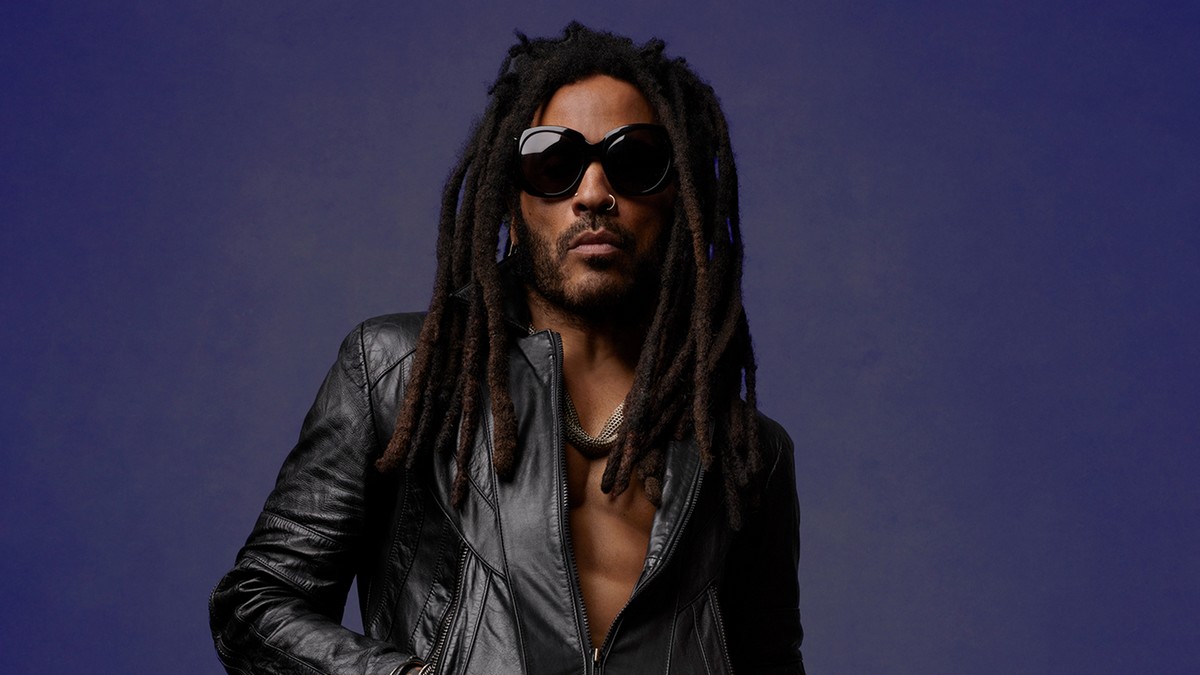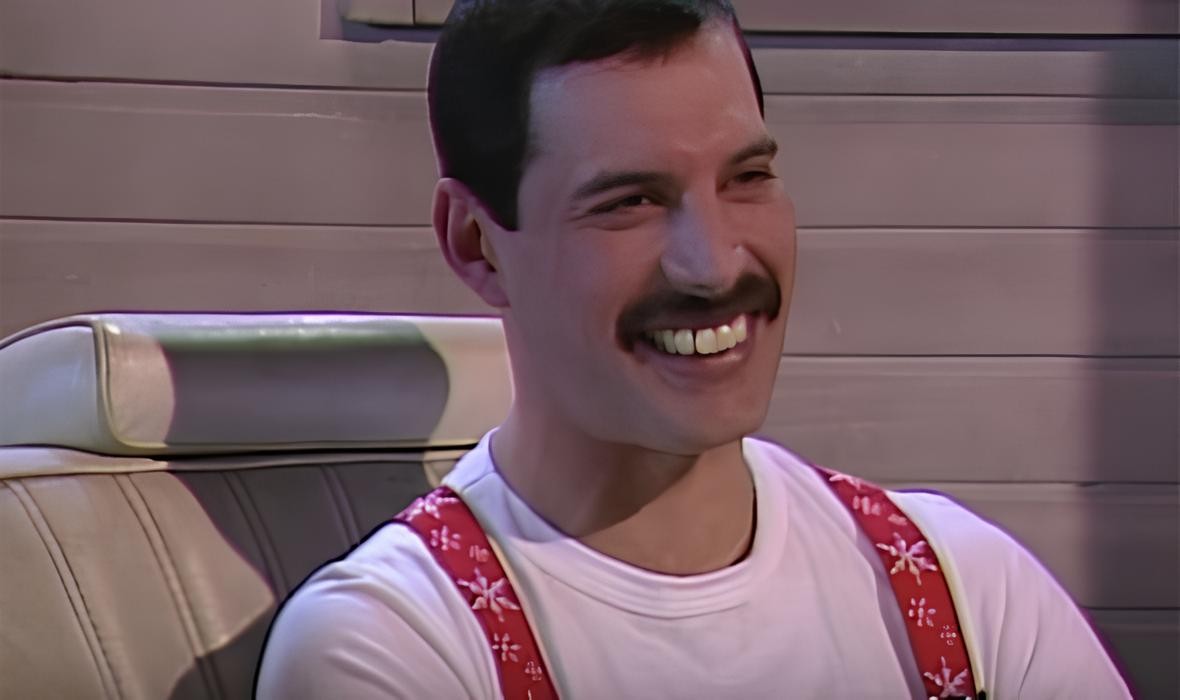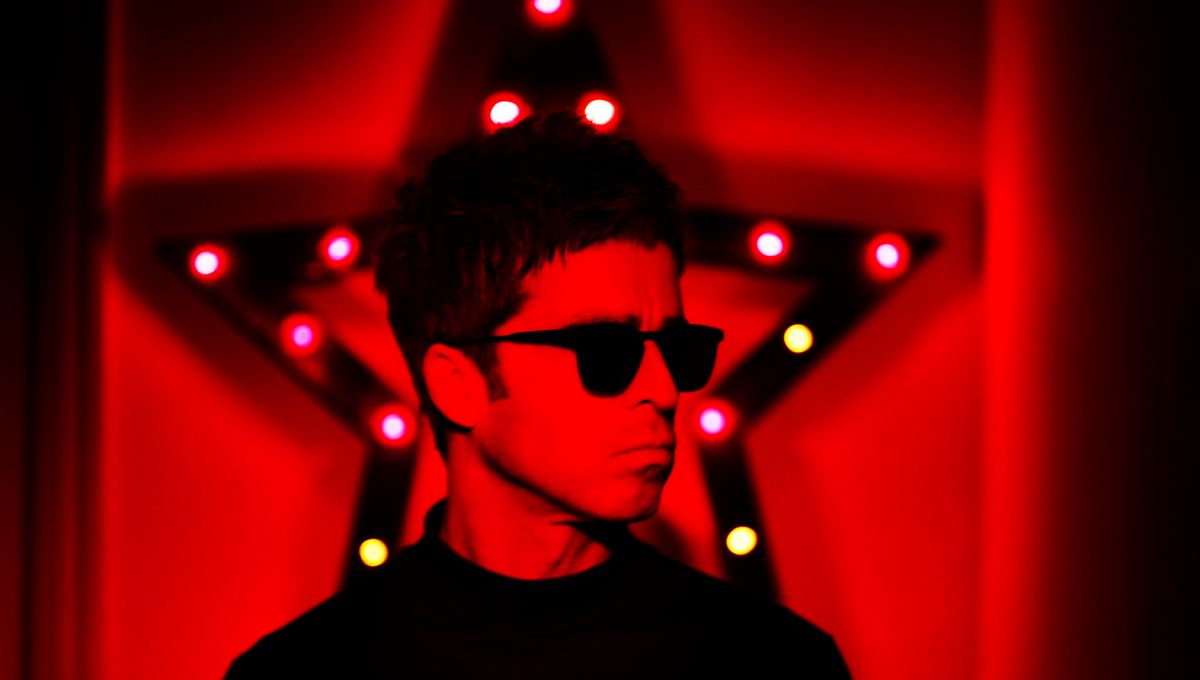The sneer that seduced a generation
Born William Michael Albert Broad in Stanmore, Middlesex, in 1955, Billy Idol grew up in a middle-class household that moved between Long Island, New York, and suburban England. The transatlantic upbringing left its imprint. Before coming back to Britain just in time for punk’s first rumblings, he devoured Elvis and Chuck Berry. He was not a street urchin or a sewer poet, but he had the instinct to notice a scene before it blew up and the appeal to enter like he owned the place.
With Generation X, a punk band that stood apart by wanting to be loved rather than only feared, he first created noise. While the Sex Pistols spat and The Clash preached, Idol smiled and posed. Tracks such as Kiss Me and Ready Steady Go Deadly suggested an ear for pop hooks hidden beneath the distortion. He wasn’t the most vicious punk frontman, but he knew image better than most. Leather, peroxide and a curled lip became his trademark way before MTV needed it.
The change was natural as Idol went solo early in the 1980s and moved to New York. Partnering with guitarist Steve Stevens, he discovered the ideal foil. While Idol grinned and snarled his way into American living rooms, Stevens played with arena-sized arrogance and studio accuracy. Delivered with rockabilly assurance, the 1982 first album gave us White Wedding and Hot in the City—anthems drenched in sleaze and synth. It was, however, Rebel Yell in 1983 that catapulted him to stardom.
Eyes Without a Face demonstrated his capacity for tenderness, even if via clenched teeth. Neon seduction filled Flesh for Fantasy, while Rebel Yell itself was a stadium-ready battle cry. Idol had no intention of saving the planet. He was attempting to make it dance, fight, and sweat. With his videos in constant play, he evolved into one of the first legitimate MTV legends—the sneer as well-known as the songs. Still, he stayed almost constant throughout everything. Not the best singer or the deepest novelist, always unmistakably Billy.
Less benevolent were the late 1980s and early 1990s. In 1990, a nearly fatal motorbike accident almost killed him. He survived, crawled through a few albums that never caught fire, then vanished into the shadows of nostalgia and cameos. Unlike many of his contemporaries, he never transformed into a parody, though. It was not reininvention when he came with Devil’s Playground in 2005 and then Kings and Queens of the Underground. Confirmation was it. The look was still post-apocalyptic Elvis, the voice still a growl.
Though Dancing With Myself continues a perfect distillation of individual rebellion, Idol is great beyond just the songs. It’s how easily he embraced contradiction. A punk with pop aspirations, a British rocker who conquered America, a sneering sex symbol with true self-awareness, he was He embraced artificiality, strutted in it, and transformed it into something somewhat real; he was not afraid of it.
Billy Idol wrote the rules in black, added a smirk, and set them to a beat. He showed that while style without substance is empty, just enough of substance can change the room’s temperature. He left scars on stone, on pop, and on every mirror he ever crossed. That sneer was an indication. We are still hearing the echo.
